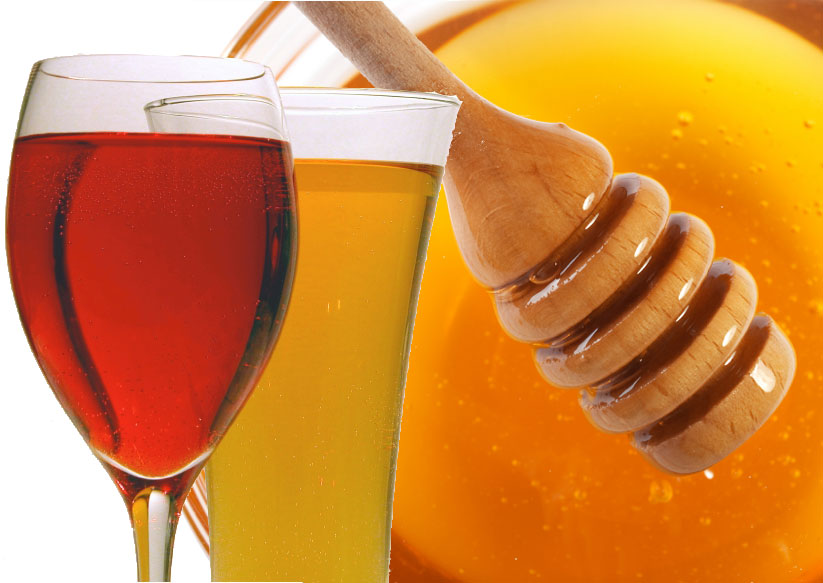
Mead is considered the oldest alcoholic drink. Ancient Greeks called it “the nectar of the Gods,” descended from heaven as dew. Mead is similar to wine, but its base ingredient is honey, not grapes. The honey is mixed with water and yeast and left to ferment. Sometimes, other fruits or spices are added as flavor. Most meads are gluten-free. Making mead isn’t much different than brewing beer. Give this beverage a try.
Honey is the main ingredient in mead and what gives the drink complexity. To make a gallon of mead, you’ll start with about 2.5 pounds of honey. You have many varieties of honey to choose from:
You’ll also need yeast, water and a yeast nutrient, such as Fermaid O or Fermaid K.
If you’re just getting started making mead we recomend our Mead Making Equipment Kit, or you might already have the basic equipment needed:
Start by sanitizing all your equipment, the pot, bucket, bung and whisk. To begin, you’ll mix honey and water together to make what is called a “must.” The honey needs to be dissolved in the water. Warming the containers of honey can help any crystals dissolve more readily. Don’t let water get into the honey before you place it in the bucket that is being used to ferment the honey.
Once you have the must, you must let it cool to 65 to 75 degrees F before adding the yeast and yeast nutrients. Stir these items in with a sanitized whisk or spoon. Apply the lid and put the airlock on. The following day, you’ll add a little more yeast nutrient. The yeast nutrient helps the yeast keep fermenting without becoming harsh. You may already see signs of fermentation.
Then, the easy part starts. The mead needs to age. After three to four weeks, you should take a gravity reading. You’re looking for 1.000 to 1.005. Check it again in one week to see if the gravity remains the same. This indicates that the primary fermentation is almost complete. You can transfer the mead to a different container at this point for a longer aging process. Remember to use sanitized equipment and to leave as little head space as possible in the container. You’ll need to check the airlock occasionally to make sure it doesn’t dry out. The mead is ready when it’s clear enough to read through. This could take weeks to months. When the mead is finished aging, you can bottle it in sanitized bottles. You can enjoy your mead right away or let it age even longer. Some bottlers will do both.
What was once a drink confined to medieval tournaments or historical re-enactments is making a comeback for today’s modern food-lovers. Learn more about making mead at home to enjoy this drink with your meal or as an after-dinner drink.
All contents copyright 2024 by MoreFlavor Inc. All rights reserved. No part of this document or the related files may be reproduced or transmitted in any form, by any means (electronic, photocopying, recording, or otherwise) without the prior written permission of the publisher.